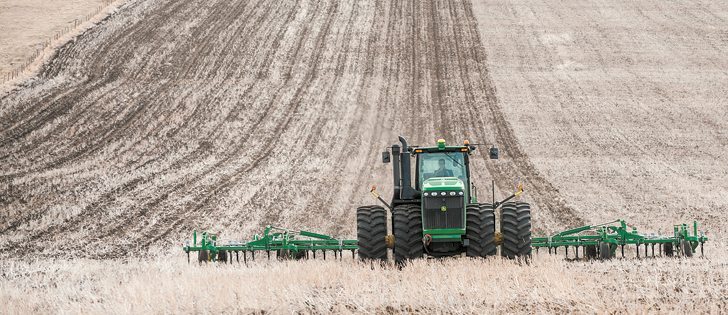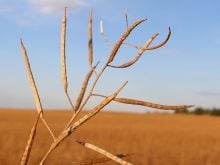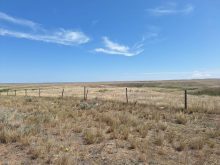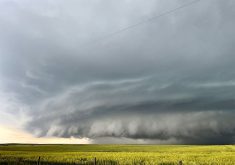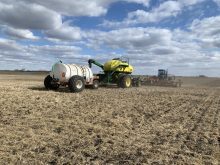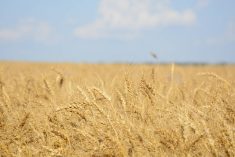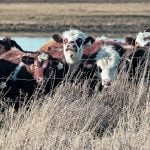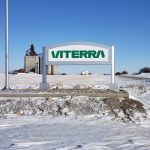Dirty snow melts faster | A continual dusting of fresh snow reduces solar heating and delays melt
Each little dusting of snow is prolonging winter, even if it isn’t adding much to the snow pack.
That’s because fresh white snow reflects more of the sun’s radiation back up to the atmosphere than it retains. This keeps the snow cold and prevents melting.
The reverse effect is why dirty snow along a grid road or in a stubble field melts faster.
It also means that when that dirty snow starts to go, it’s going to go fast.
Read Also
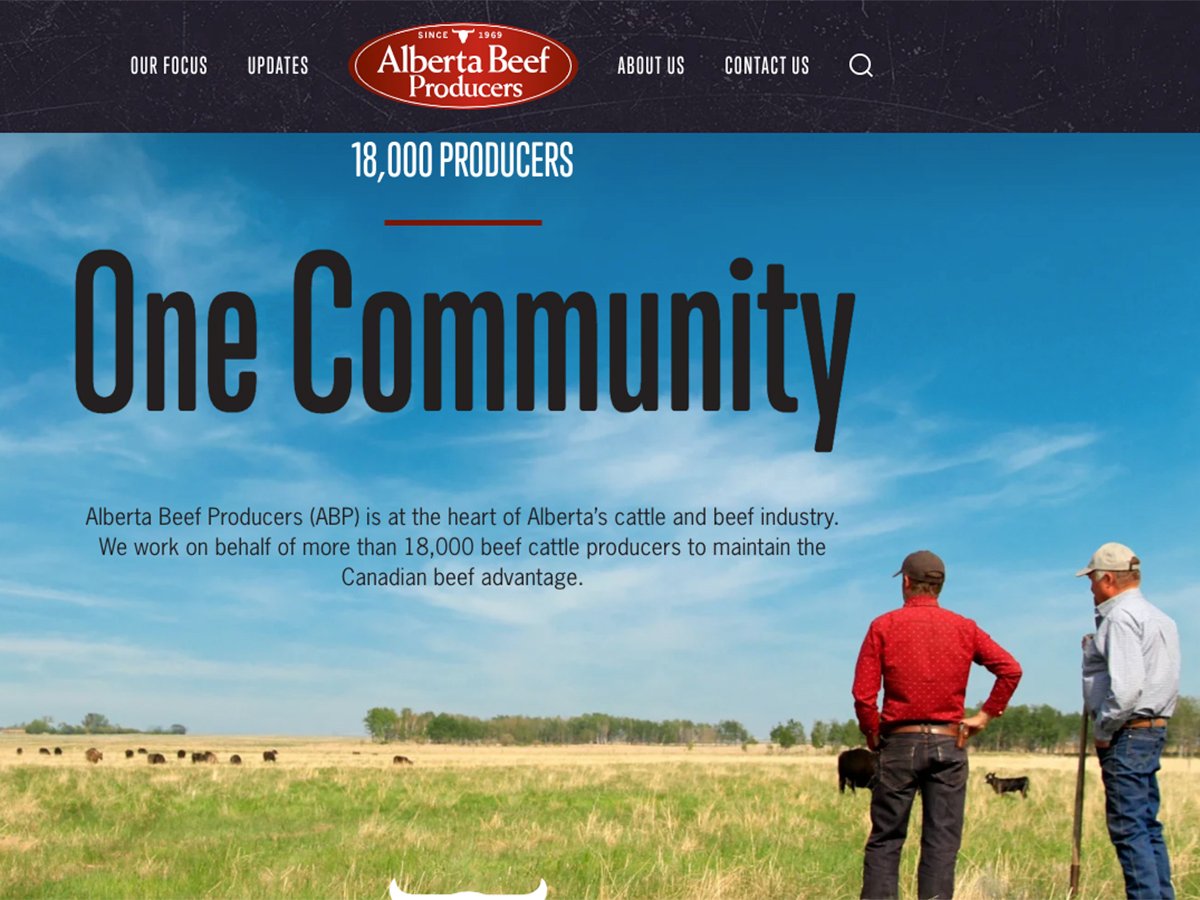
Alberta Beef Producers announces withdrawal from Canadian Cattle Association
Glacier FarmMedia – On August 12, 2025, the Alberta Beef Producers (ABP) announced their decision to withdraw their membership from…
John Pomeroy, director of the University of Saskatchewan’s Centre for Hydrology and Canada research chair in water resources and climate change, said the reason is snow albedo, or its reflectance.
“Fresh snow will have a reflectance of about .9, or .92, which means only 10 percent or less of its solar radiation energy is able to enter the snow pack and roughly 90 percent or 92 percent is reflected back up into the atmosphere,” he said.
Snow that has collected impurities over the winter such as dust and dirt, or what the experts call snirt, is darker and wetter when the top layer of fresh snow melts and exposes the dirt. The albedo drops and increases the amount of solar energy that the snow can absorb, Pomeroy said.
If it drops from .9 to .8, the capacity to absorb is doubled. A drop to .7 triples the absorption. Shallow snow is often dirtier and therefore absorbs more heat. Fields with exposed stubble also absorb more heat.
“This year it’s really deep, it’s really clean and it’s very fresh,” Pomeroy said of the snow pack.
This is keeping the albedo high and prolonging the winter.
He wouldn’t be worried if it were still March, but it’s April and the sun is bound to do its job soon.
“Whenever it does warm up on the Prairies, such that the albedo decays and melt can begin, we’re going to be in a very high sun period with long days and high solar angles,” he said.
The later the melt starts, the faster it will go.
Large-scale flooding on the Prairies is almost always due to snow melt and there is a lot of it to melt this year. However, Pomeroy said there was a lot more snow in the much-referenced 1974 flood year.
“The three things that you need to generate flooding are very wet soils, lower storage capacity in wetlands … and high snow pack and late melt,” he said.
It was reasonably dry last fall in most areas and wetland storage capacity will be variable, depending on the area.
One area of uncertainty is how much water will infiltrate the frozen ground. This depends on moisture content in the fall and the amount of cracking in the soil.
Pomeroy experimented in the late 1980s and early 1990s with artificial soil cracking using subsoilers and rippers. Snow fences erected near Kerrobert, Sask., and Kindersley, Sask., were designed to catch 1.5 metres of snow across a field.
“Everything infiltrated into the soil,” he said, and some farmers adopted the practice to catch spring melt and runoff.
It was proposed as a drought fighting measure, but can also be used to fight floods.
“The big unknown for this year is the natural cracking that has occurred because of minimum tillage,” Pomeroy said. “We haven’t studied it very well and it should to some degree increase that storage in the soils. It seems to take about 10 years after the tillage ends for these cracks to fully develop.”
He said the cracks were likely naturally part of the soil before humans tilled it and have returned as minimum and zero till farming systems were adopted.
“It will be interesting to see the role they play,” he said. “It might save us.”


